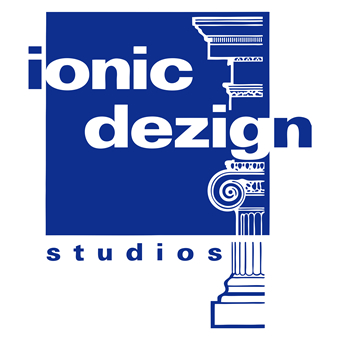Navigating ADA Requirements: Ensuring Accessibility Beyond the Restroom
When planning or renovating a commercial space, understanding and implementing the Americans with Disabilities Act (ADA) requirements is crucial for creating an inclusive environment. While our previous discussion focused on ADA restroom compliance, this article expands on the principles of ADA requirements as they apply to building access, corridors, commercial break rooms, and general office or retail projects.
Building Access and Entryways
The entrance to any commercial building is where accessibility begins. ADA standards require at least one accessible route from public transportation stops, accessible parking, and public streets or sidewalks to the accessible building entrance. Doorways must be wide enough to accommodate wheelchairs, typically a minimum of 32 inches when the door is open at 90 degrees, with handles that are operable with a closed fist to aid those with limited hand functionality.
Navigating Corridors
Once inside, navigating the building must be straightforward for all individuals, including those with disabilities. Corridors should be at least 36 inches wide to allow for wheelchair passage, with a clear path free of obstructions. Protruding objects from walls must be considered, as they can pose hazards to visually impaired individuals. Elements such as drinking fountains, display racks, or temporary signage should not encroach into the corridor pathway or reduce its width below the minimum requirement.
Commercial Break Rooms
Break rooms are common in office and retail settings, providing a space for employees to relax and enjoy their meals. In these areas, ADA compliance includes ensuring that all amenities, such as tables, counters, and appliances, are accessible. This means having space beneath counters for wheelchair users and appliances such as microwaves and refrigerators positioned at reachable heights. Tables should also accommodate wheelchair users, with clear floor space for seating and knee clearance.
General Office or Retail Projects
In office and retail environments, ADA compliance encompasses a broad range of considerations:
Workspaces must be designed so that individuals in wheelchairs can navigate and use the space effectively, with accessible desks, shelves, and technology.
Retail aisles should be wide enough to allow for wheelchair maneuverability, with accessible checkout counters.
Signage needs to be strategically placed at appropriate heights and include Braille for visually impaired visitors. It’s also essential to ensure that any public address systems have visual indicators for those who are hard of hearing, and that any stairs are complemented by ramps or elevators.
Why Compliance is Crucial Beyond Legal Obligation
ADA compliance demonstrates a commitment to inclusivity, ensuring that all individuals, regardless of their physical abilities, can access and utilize commercial spaces comfortably and safely. It reflects on the values of your business or organization and can significantly enhance the user experience, potentially expanding your customer base and improving employee satisfaction. For more in-depth information on ADA requirements for restrooms, please refer to our earlier post, where we covered the nuances of restroom accessibility in detail.
Conclusion
Adhering to ADA requirements in building access, corridors, commercial break rooms, and general office or retail projects is not just about compliance—it’s about creating spaces that welcome and accommodate everyone. By considering the principles of accessibility from the outset of your project, you can avoid costly retrofits and ensure your space is inclusive from day one. Remember, accessibility enhances usability for everyone, not just those with disabilities, making your space more versatile and user-friendly
